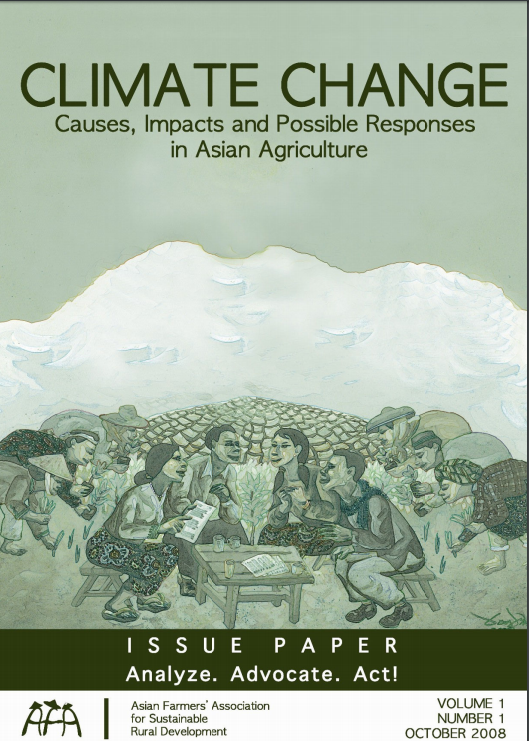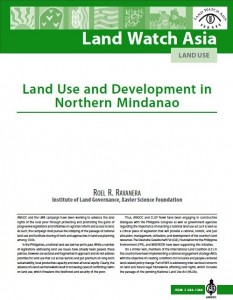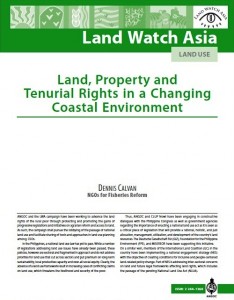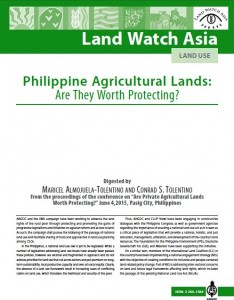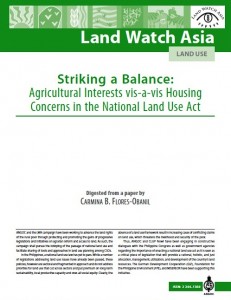Climate Change: Causes, Impacts and Possible Responses in Asian Agriculture
Our unsustainable way of life is causing a crisis in our environment at a global scale. Climate change is threatening the future of our planet. The crisis is largely our own doing, and we also have the means to solve it, if we are willing to act on it. Farmers, fishers, and indigenous peoples, who live close to nature for their survival, are the most vulnerable to the effects of climate change. But they also have a special role to play in addressing climate change. What they need for survival - sustainable and ecological friendly practices - are also what are needed to heal our planet.

